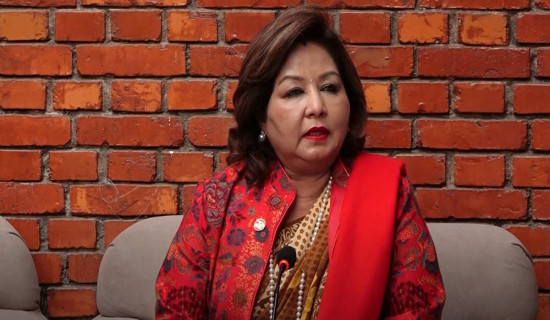- Friday, 27 June 2025
Social Signals Shape Behaviour
Imagine an infant carefully observing his mother devouring a piece of apple. He observes her facial expression, analyses her reaction to the fruit, and learns that apples are a delicacy.
An infant just 12 months old has this power because of the ‘social cognition’ phenomenon. Social cognition is the neural processes involved in social processing that drive automatic and voluntary actions and modulate behavioural responses. In this case, the sensations (e.g., the light of a specific wavelength) are turned into perceptions (e.g., the colour of the fruit) based on prior knowledge and current context. Then, decisions are made about what should best be done in response to these perceptions (e.g., how did my mother react to it? Should I eat it? Actions are planned, and finally, the output is initiated through motor movements (e.g., grasping the fruit).
This learning phenomenon is limited to humans and other non-human species. Does your dog react differently to what you’re trying to say by reading your facial expression, tone, and hand gestures? This also is the wonder of social cognition. This article discusses how social signals turn into a behavioural memory and how social cognition plays a significant role in our broader understanding of the world in various contexts.
Social signals are observable cues – like facial expressions, gestures, and vocal intonations – that act as critical inputs for learning by reducing distractions within the environment and complementing personal experience. They facilitate the extraction of information about the state of the environment by providing indirect evidence about underlying variables. They are processed in specialised neural circuits that enable observational learning and information acquisition without direct experience. For example, research has shown in rodents that neural pathways from the anterior cingulate cortex (ACC) to the basolateral amygdala (BLA) mediate the transfer of social information, such that observing distress in fellow rodents can induce fear learning in the observer.
In other animals, like birds and primates, mirror neurones and associated circuits are the basis of the ability to mime actions by mapping observed behaviours onto the motor repertoire of an individual. Miming is regulated by social stimuli that provide immediate feedback on the success or failure of particular actions, facilitating the updating of internal models and adaptive decision-making. Moreover, mathematical models developed in the animal behaviour literature illustrate that social information enhances the precision of environmental assessment even in variable ecological conditions that allow animals to optimise foraging, mating, migration, and other survival activities. In humans, this observational learning phenomenon is evident where detecting social cues such as gaze direction or emotional expressions rapidly modulates neural activity in regions associated with attention and affect. Computational frameworks based on reinforcement learning, such as Rescorla-Wagner and Q-learning, have successfully modelled how observing others’ choices and rewards contributes to value updating and subjective decision-making in humans. These findings suggest that social signals trigger emotional responses but contribute to forming longer term memory traces that guide future behaviour.
Watching and interacting with others, especially carers, significantly shapes how young children learn and behave. This is also true for how people decide what to buy. People often buy something because they see others buying and recommending it, especially on social media, where this influence is powerful. Companies use brand ambassadors to encourage consumers to buy their products.
The role of social signalling extends beyond individual learning to encompass the process of cultural transmission as a whole. Whenever individuals exchange with one another using social signalling—whether through speech, gesture, or sharing online content—they are actively participating in the construction and transmission of collective knowledge. Social signals in complicated, advanced societies strongly contribute to constructing and affirming social categories, group identity, and even frameworks of shared beliefs that enable cooperation and coordination. Thus, social signals are the core of cultural tradition and norm development and perpetuation, as well as the framework upon which collective memory and identity are based.
(Timilsina is a recent high school graduate.)

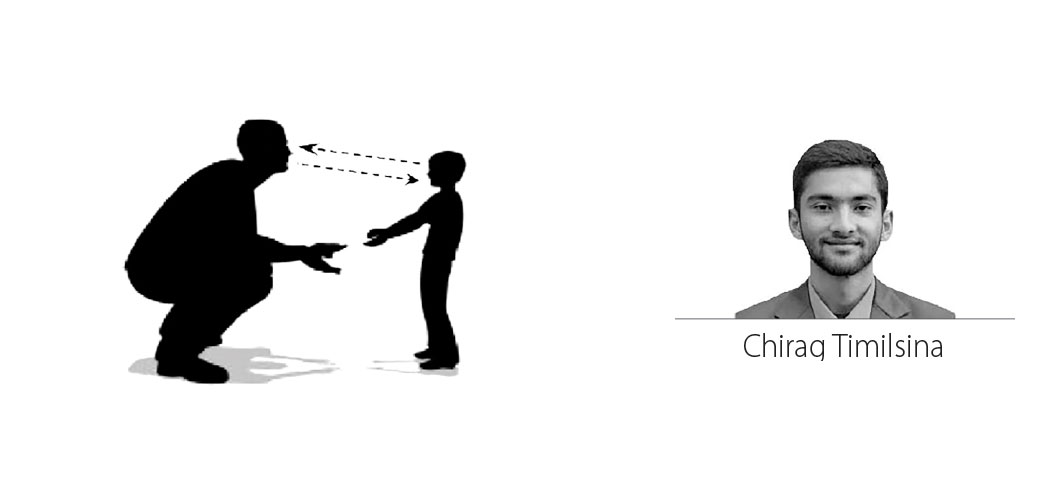


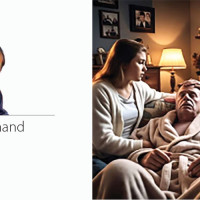
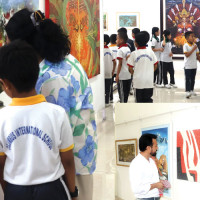
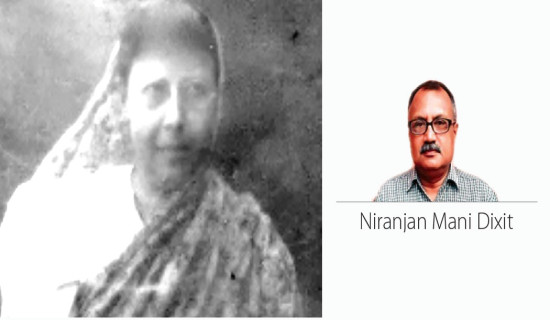



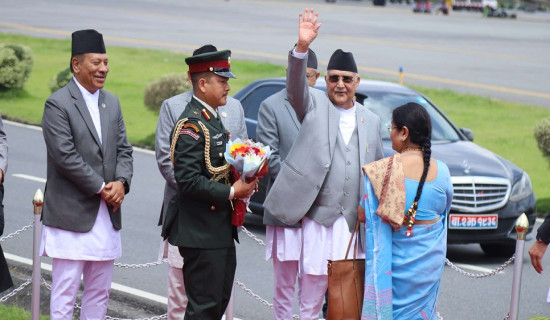

-original-thumb.jpg)


